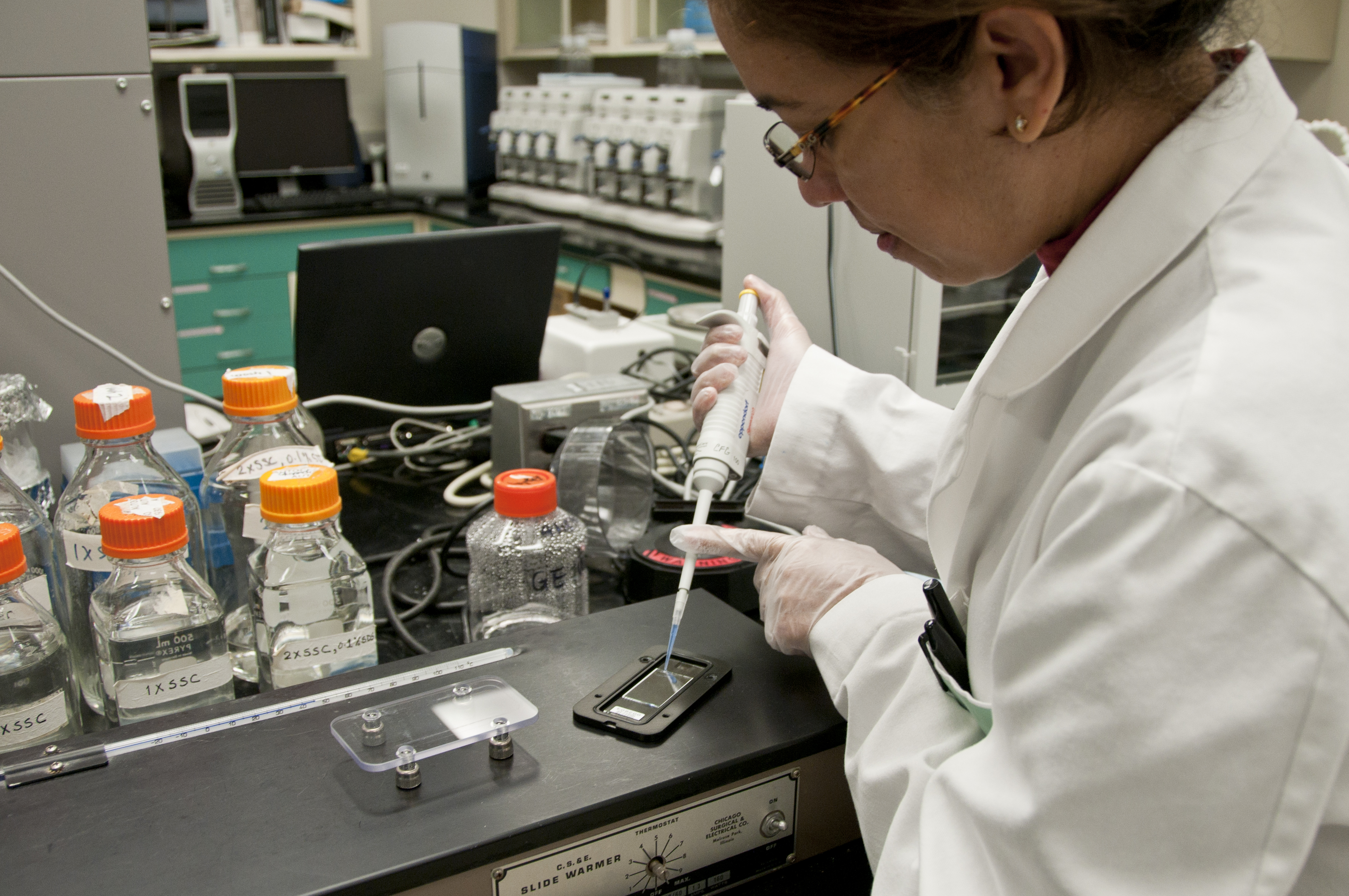
Photo from academic.microsoft.com
Ochratoxin A (OTA) contamination in grape production is an important problem worldwide. Microbial volatile organic compounds (MVOCs) have been demonstrated as useful tools to identify different toxigenic strains. In this… Click to show full abstract
Ochratoxin A (OTA) contamination in grape production is an important problem worldwide. Microbial volatile organic compounds (MVOCs) have been demonstrated as useful tools to identify different toxigenic strains. In this study, Aspergillus carbonarius strains were classified into two groups, moderate toxigenic strains (MT) and high toxigenic strains (HT), according to OTA-forming ability. The MVOCs were analyzed by GC-MS and the data processing was based on untargeted profiling using XCMS Online software. Orthogonal projection to latent structures discriminant analysis (OPLS-DA) was performed using extract ion chromatogram GC-MS datasets. For contrast, quantitative analysis was also performed. Results demonstrated that the performance of the OPLS-DA model of untargeted profiling was better than the quantitative method. Potential markers were successfully discovered by variable importance on projection (VIP) and t-test. (E)-2-octen-1-ol, octanal, 1-octen-3-one, styrene, limonene, methyl-2-phenylacetate and 3 unknown compounds were selected as potential markers for the MT group. Cuparene, (Z)-thujopsene, methyl octanoate and 1 unknown compound were identified as potential markers for the HT groups. Finally, the selected markers were used to construct a supported vector machine classification (SVM-C) model to check classification ability. The models showed good performance with the accuracy of cross-validation and test prediction of 87.93% and 92.00%, respectively.
Journal Title: Toxins
Year Published: 2018
Link to full text (if available)
Share on Social Media: Sign Up to like & get
recommendations!